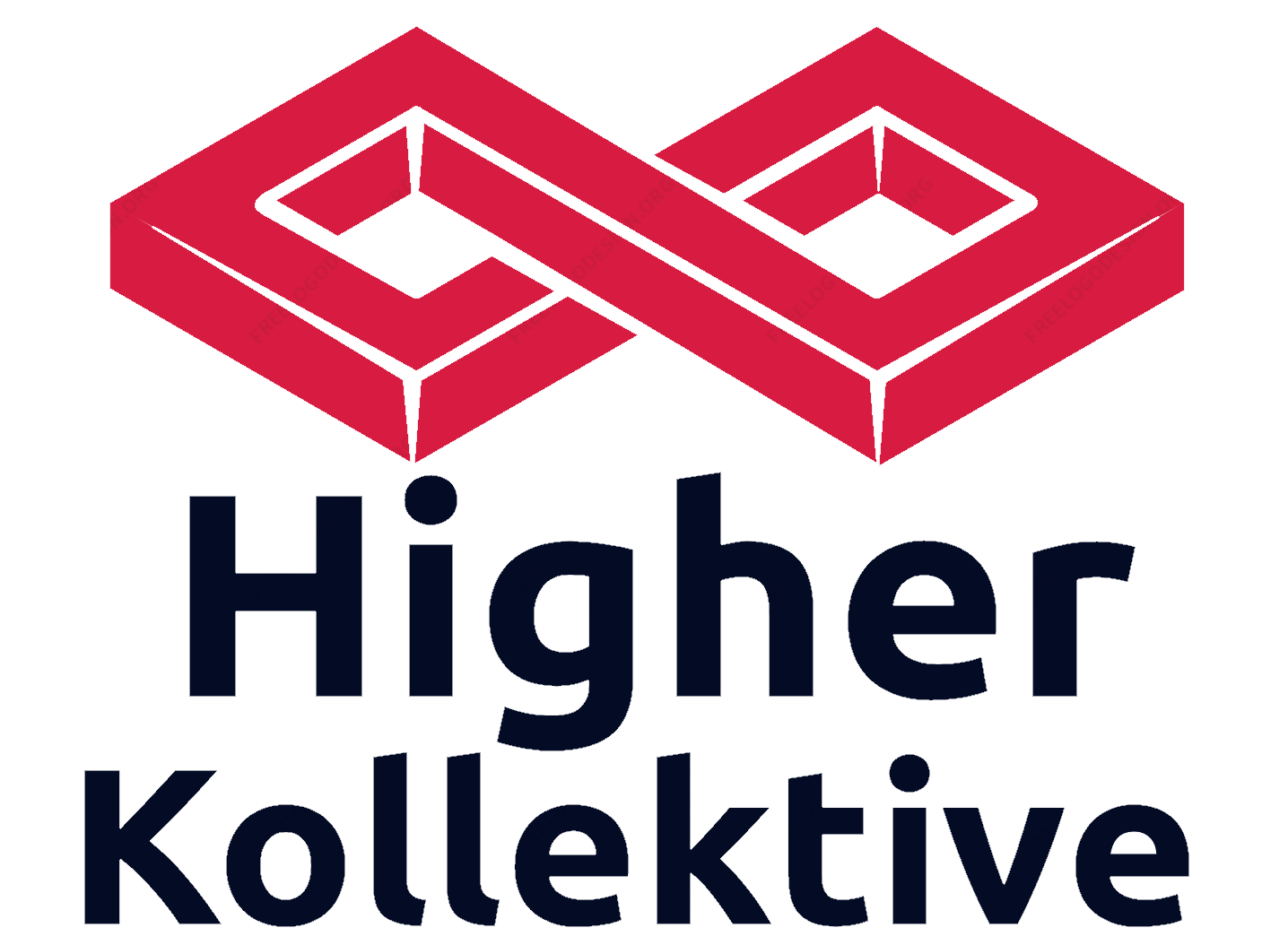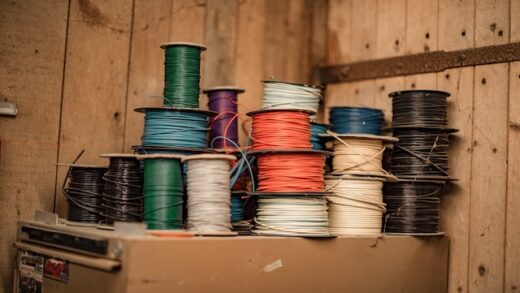Impact of Children’s Learning Materials on Holistic Learning
The holistic approach to education emphasizes the development of a child’s whole self through exposure to the natural world and opportunities for challenge, risk-taking, and social development. Children are most likely to learn more in these natural settings and are more engaged and happy. A holistic approach also incorporates the use of children’s learning materials that promote the development of creativity and curiosity. In addition, children should be exposed to different materials, which include books, art, music, and games.
Principles
Using the principles of holistic thinking, educators can create and use learning materials that focus on the many dimensions of a child’s development. Holistic thinking focuses on the person’s interests and strengths rather than narrowly defining human potential. Each child is more than a future employee; their intelligence is more complex than a standardized test score. Children need safe play spaces to explore and develop.
A holistic curriculum is a model of education that nurtures a child’s emotional, physical, and intellectual capabilities. It also teaches social and emotional lessons, which are critical for developing positive adulthood. A holistic curriculum also teaches antiracism and social justice. A teacher who uses this approach is seen as a sacred being by students who eagerly await the next part of the story.
Benefits
Children’s learning materials for holistic learning can benefit your child in many ways. For starters, this approach to education focuses more on social and emotional learning than academics. The results can have many benefits, including greater social responsibility, increased self-confidence, and problem-solving abilities. In addition, holistic learning emphasizes real-world scenarios that children can apply in their lives. Children exposed to such experiences also develop greater critical thinking skills, which will benefit them later in life.
Children’s learning materials for holistic education are often designed by teachers in one of the target countries, which allows them to develop resources that will help educators and students learn from each other. They are created in multiple formats, including traditional textbooks, e-books, and video games. The materials can also be used for professional development, including micro-credentials, community learning communities, and learning analytics.
Implementation in the Classroom
A child’s holistic development fosters curiosity and improves interaction and social abilities. This mental process helps the youngster connect by utilizing their creative and analytical talents. Regarding children’s learning materials, interactive activities tend to veer away from the holistic approach to the early years of a child’s life. Holistic education is important because it encompasses many different individual aspects. One of the main components of holistic education is play. Children learn through play, and it helps them develop a wide variety of fundamental skills. Play can enhance the learning process and develop the child’s social skills when done correctly.
One of early childhood educators’ most significant efforts is implementing a holistic teaching approach. Holistic education encourages students to find their identity, meaning, and connection to the community and nature. It also encourages students to develop values such as peace and compassion.




